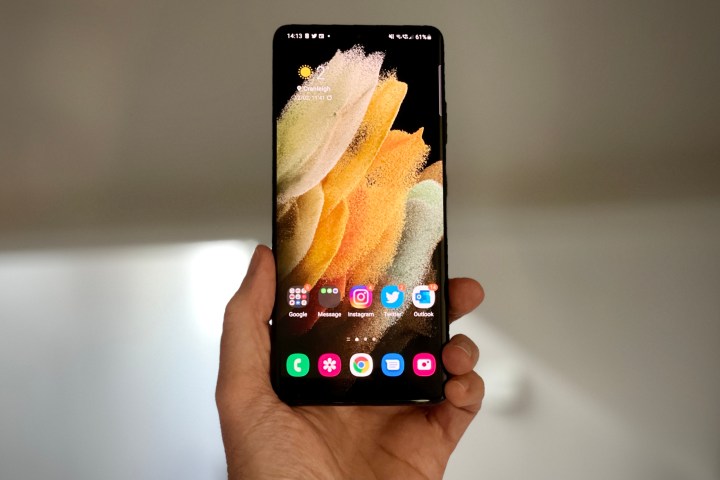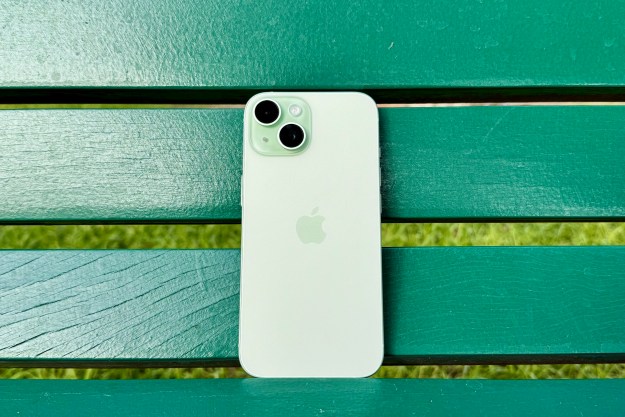As an Android user, I’ll be the first to say it: The Apple iPhone 13 Pro’s 120Hz refresh rate finally makes it a compelling, competitive option with Samsung’s Galaxy S21 line. While Samsung and other Android manufacturers have long supported higher refresh rates on their devices, Apple has been relatively late to the party. with the 10.5-inch and 12.9-inch iPad Pros being the first to incorporate ProMotion in 2017. Four years later, the technology still hadn’t come to any of the iPhone 12 models, not even the Pro versions.
With the recent announcements of the iPhone 13, that’s all changed. The iPhone 13 Pro and

Why you should care about refresh rates
Let’s backtrack a little here and talk about refresh rates. For those who are unaware, a refresh rate pertains to how fast the phone screen pixels refresh. They come in a plethora of different angles, including but not limited to 30Hz, 60Hz, 90Hz, 120Hz, 144Hz, and even 240Hz. On phones and most monitors and TVs, you’re going to get 60Hz. Gamers will be familiar with high refresh
Most users won’t think about the refresh rate so long as they can scroll through their social media feeds and watch the latest TikTok videos. However, most video content plays at around 24 frames per second (unless you’re Peter Jackson, who famously used 48 fps for some theatrical releases of the Hobbit films). What a refresh rate does is it goes in and will adjust accordingly so you have a smoother playback experience. And because it’s 120Hz, this goes across the entire board, from gaming to your YouTube videos to scrolling through Facebook feeds. Playing everything from Stardew Valley to watching videos is a delight on my phone, and it’s easy for me to tell the difference now between my 120Hz phone and a sluggish-feeling 60Hz panel. Once you go high refresh, you really can’t go back.
That’s not to say that it doesn’t come with higher costs. With higher refresh rates, the brunt of the refreshing gets shoved onto the phone’s processor, making it work harder to handle this adaptive technology. As a result, the processors suck up more juice.

Balancing refresh rate and battery life is a huge win for performance
Apple’s iPhone13 Pro and Pro Max take into account the higher refresh rate by using low-temperature polycrystalline oxide (LTPO) technology for the panel, which you’ll also find on the Apple Watch Series 4 and above, as well as other high-end phones like the aforementioned S21 series and OnePlus 9 Pro. One of the major selling points of this technology is that it allows you to dynamically vary refresh rates based on what you’re doing. For instance, basic web browsing can be handled at an undemanding 10Hz to 60Hz, while gaming can take advantage of the full of 120Hz. The Apple Watch can even hit a low of 1Hz with the always-on screen.
This is only part of the puzzle, as the A15 Bionic chipset consistently shows superior test results to the S21 Ultra’s Qualcomm Snapdragon 888 chipset. Power is important, not just for multitasking and games, but for handling the variations of the 120Hz panel. You need both to work together to create a seamlessly smooth experience.
All this pays off with the
A Pro worth buying
Apple expected to shatter sales records with the release of its
It may also be in your best interest to pre-order sooner rather than later since there are some early reports of
Editors' Recommendations
- Apple finally fixed my biggest issue with the iPad Pro
- I don’t think Apple wants me to buy the new iPad Pro
- I found an amazing new way to use my iPhone 15 Pro Max
- Are you having iPhone alarm problems? A fix is coming soon
- iPhone 16: news, rumored price, release date, and more



